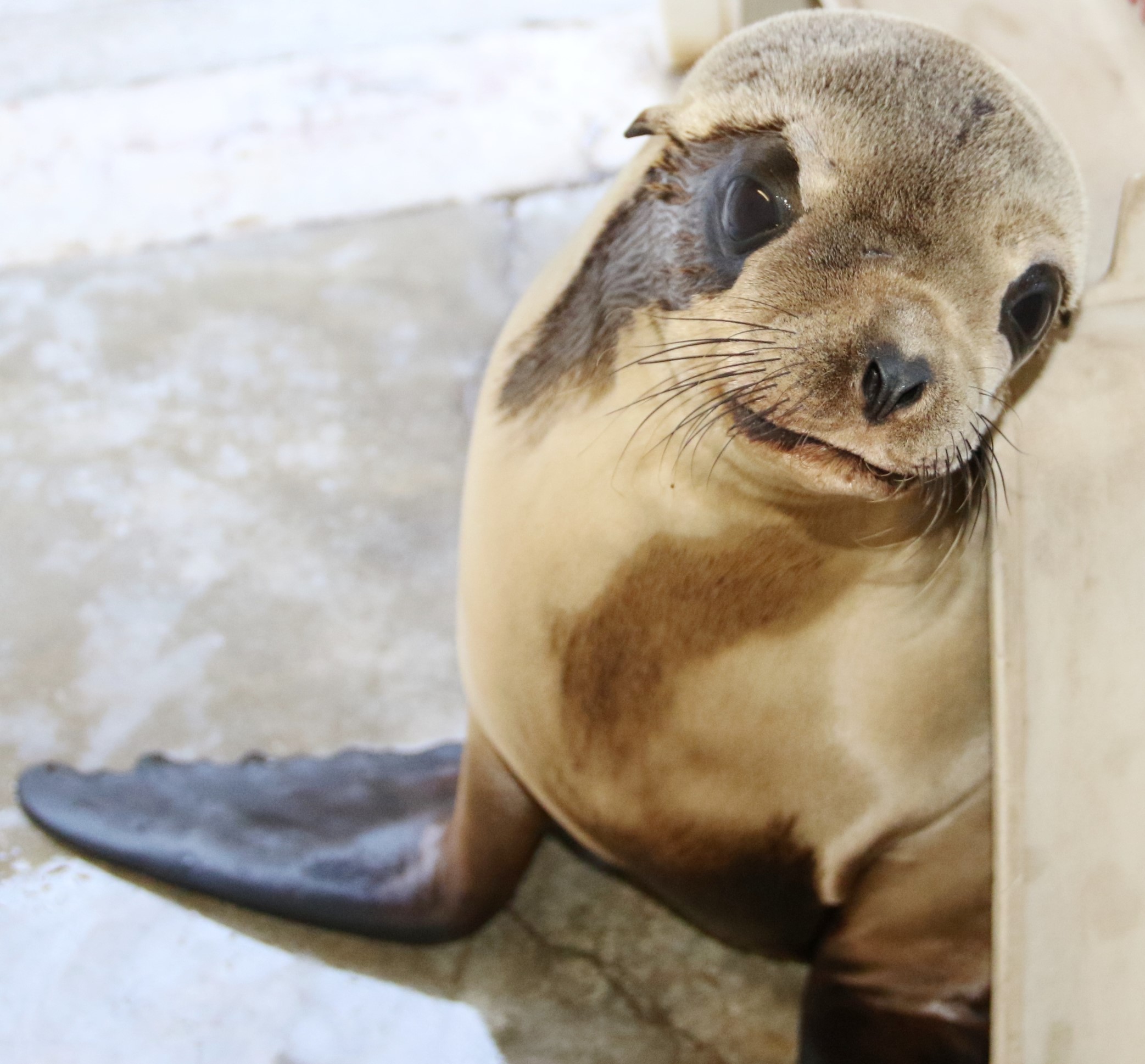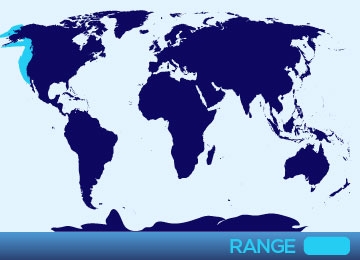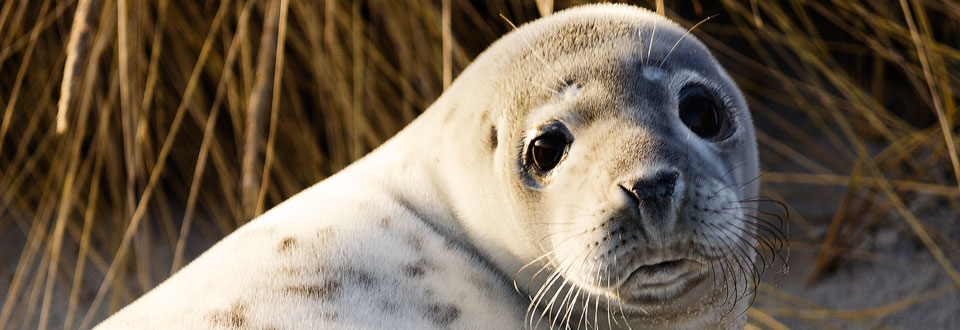
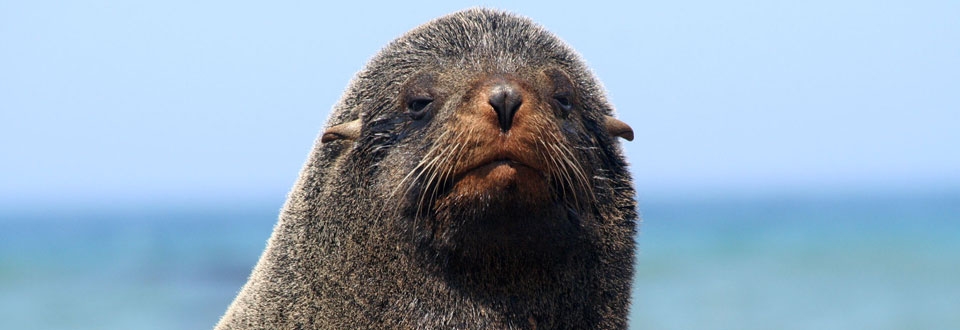
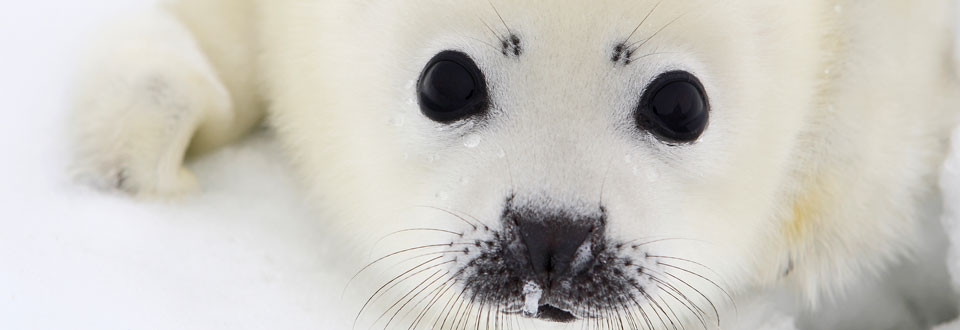
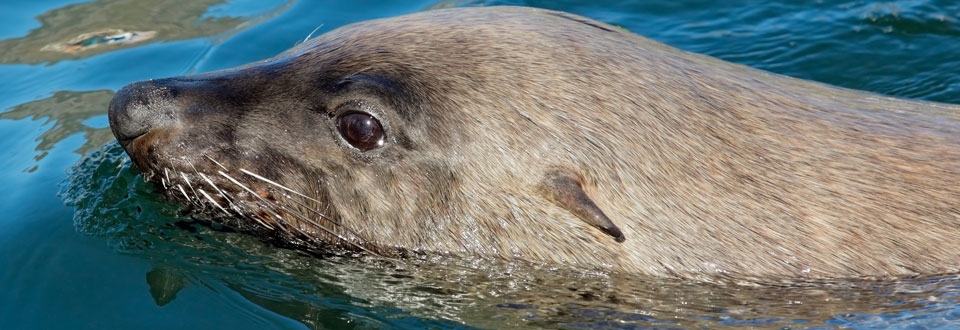
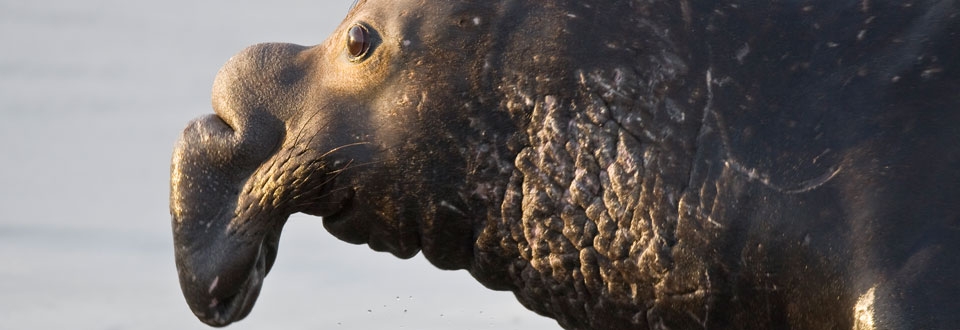
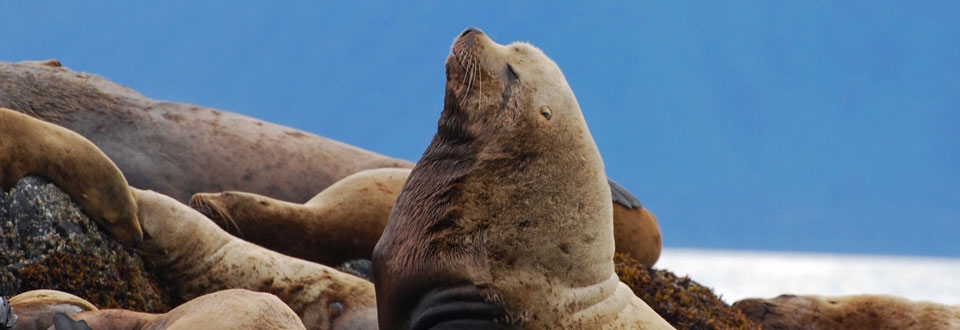
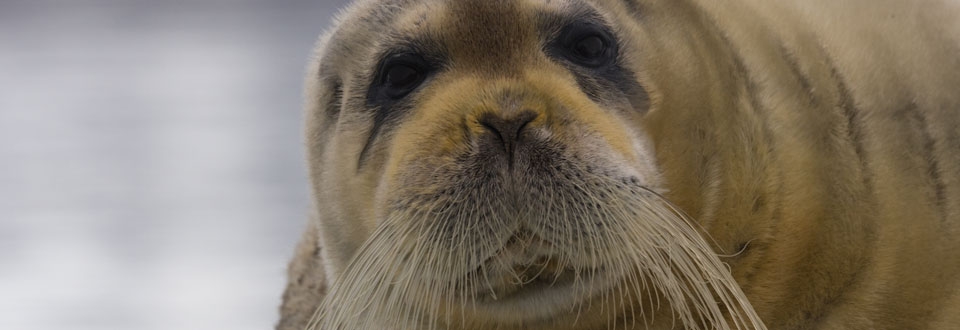

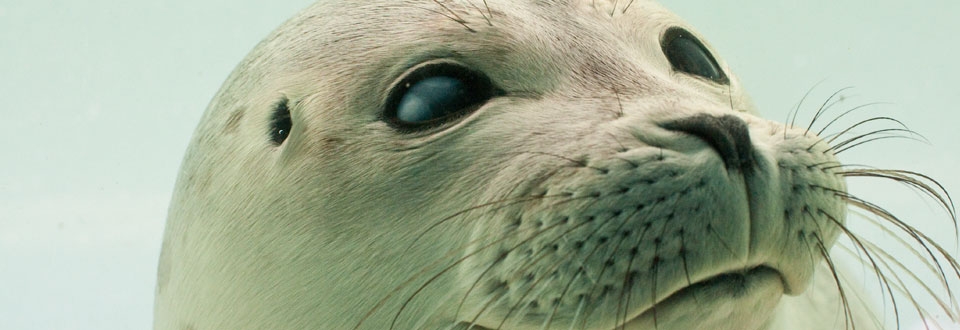
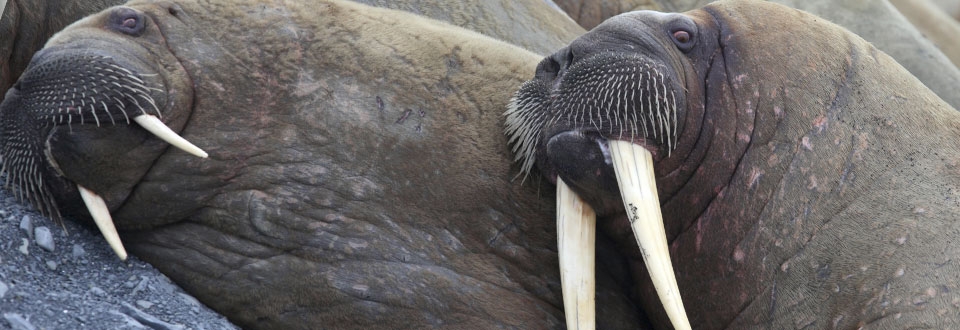
Pinniped Species
All
x
- – No known individuals remaining.
- – Known only to survive in captivity, or as a naturalized population outside its historic range.
- – Extremely high risk of extinction in the wild.
- – High risk of extinction in the wild.
- – High risk of endangerment in the wild.
- – Likely to become endangered in the near future.
- – Lowest risk. Does not qualify for a higher risk category. Widespread and abundant taxa are included in this category.
- – Not enough data to make an assessment of its risk of extinction.
- – Has not yet been evaluated against the criteria.
Northern Elephant Seal
- – No known individuals remaining.
- – Known only to survive in captivity, or as a naturalized population outside its historic range.
- – Extremely high risk of extinction in the wild.
- – High risk of extinction in the wild.
- – High risk of endangerment in the wild.
- – Likely to become endangered in the near future.
- – Lowest risk. Does not qualify for a higher risk category. Widespread and abundant taxa are included in this category.
- – Not enough data to make an assessment of its risk of extinction.
- – Has not yet been evaluated against the criteria.
Northern elephant seals can be found living in the eastern and central North Pacific Ocean. They are most commonly found near breeding grounds in the Channel Islands of California or Baja California in Mexico, but they range as far north as Alaska and as far south as Mexico.
These seals are named for their large, inflatable nose (“proboscis”). Males develop a poboscis when they reach puberty at about seven years old. The proboscis extends past their lower lip by about eight inches, and males use these noses to resonate sound when they are vocally threatening each other, especially during the winter breeding season. At adulthood, females maintain their smaller noses and have a smaller, smoother neck in contrast to males who develop a heavily creased and thick neck that is lighter in color than their dark bodies. Northern elephant seals are the largest "true" seal found living in the Northern Hemisphere.
Northern elephant seals eat mostly squid and a variety of fish, but they have also been known to eat rays and even sharks.
When on land, Northern elephant seals prefer sandy beaches, but they spend a great majority of their time underwater. They have the ability to dive to depths of 1,000-2,500 feet for up to 30 minutes at a time and are not seen very often at the surface. They spend roughly nine months of the year out in the ocean.
While at this time, The IUCN Red List of Threatened Species considers this species "Least Concern," Northern elephant seals, like all marine mammals, are protected under the Marine Mammal Protection Act (MMPA) of 1972.
Breeding occurs during a winter breeding season from December to March. Northern elephant seals are polygamous. During breeding season, males establish dominance over large groups of females. Gestation lasts around eleven months and pups are typically born in early winter from December to January.
Northern elephant seals face a number of threats in the wild including entanglement in marine debris, fishery interactions, and boat collisions.
There is a notable difference in life span between males and females of this species. Females generally live for about 19 years, while males only live for about 13 years.




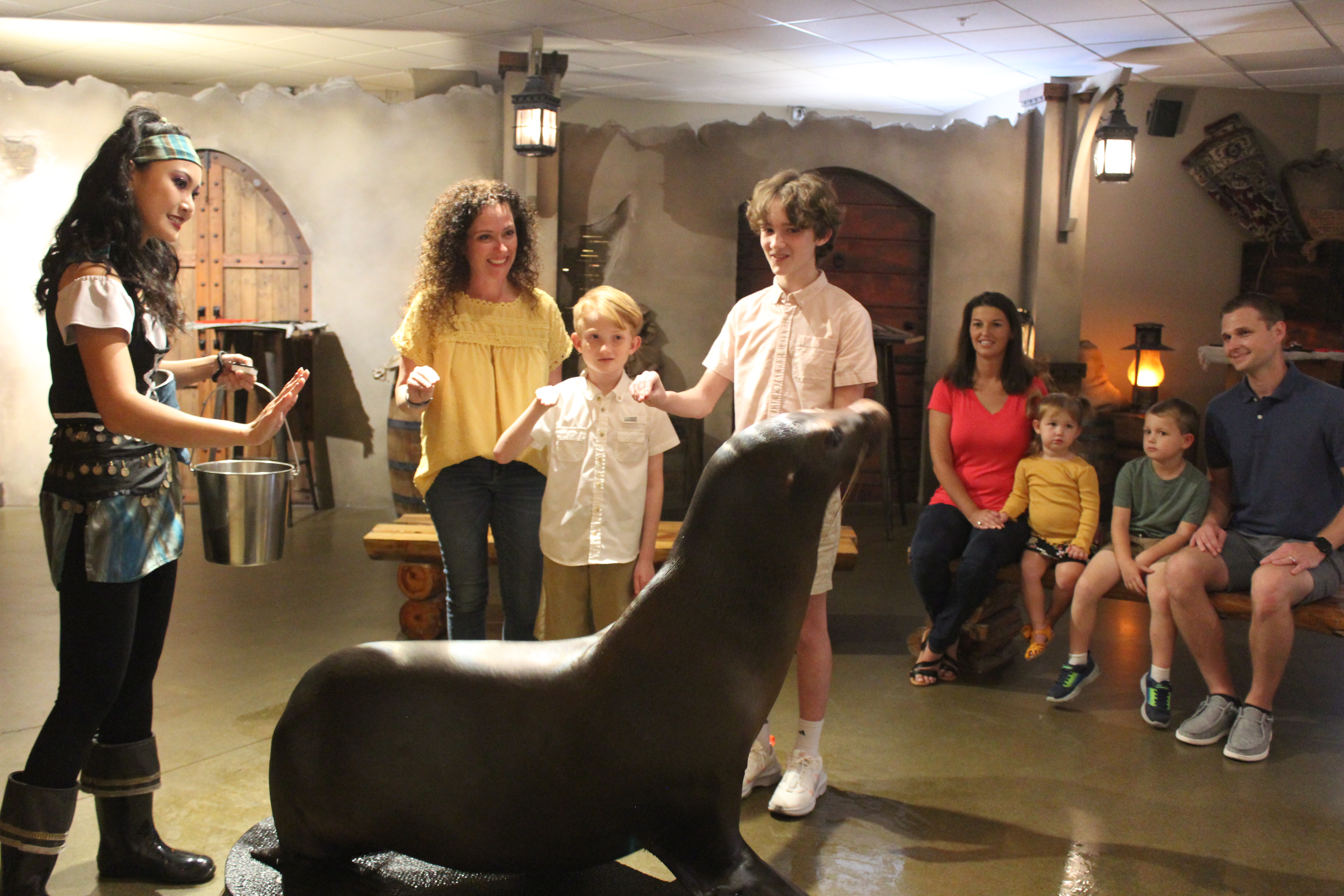 Animal Encounter
Animal Encounter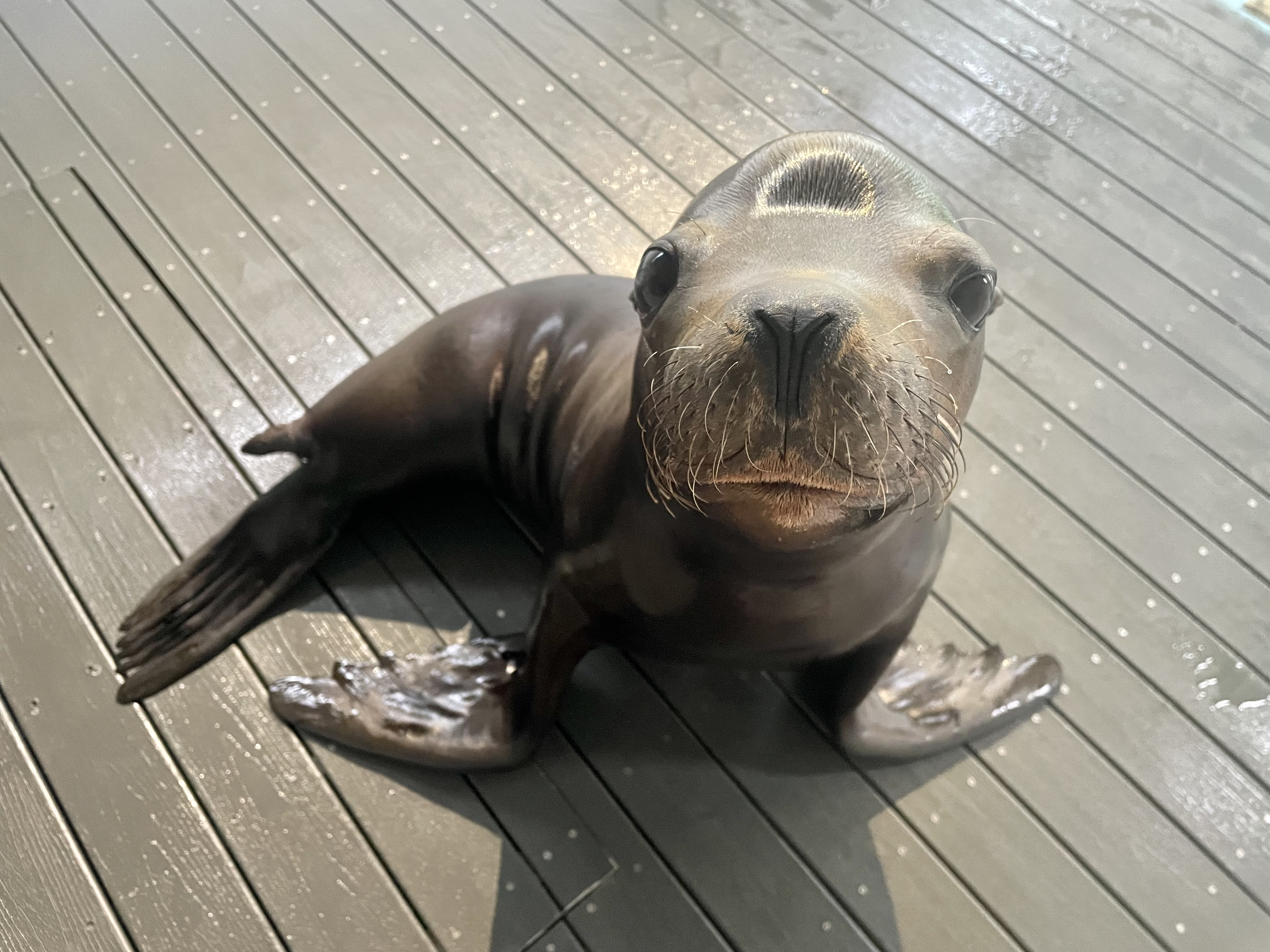 Our Locations
Our Locations
 Family Fun
Family Fun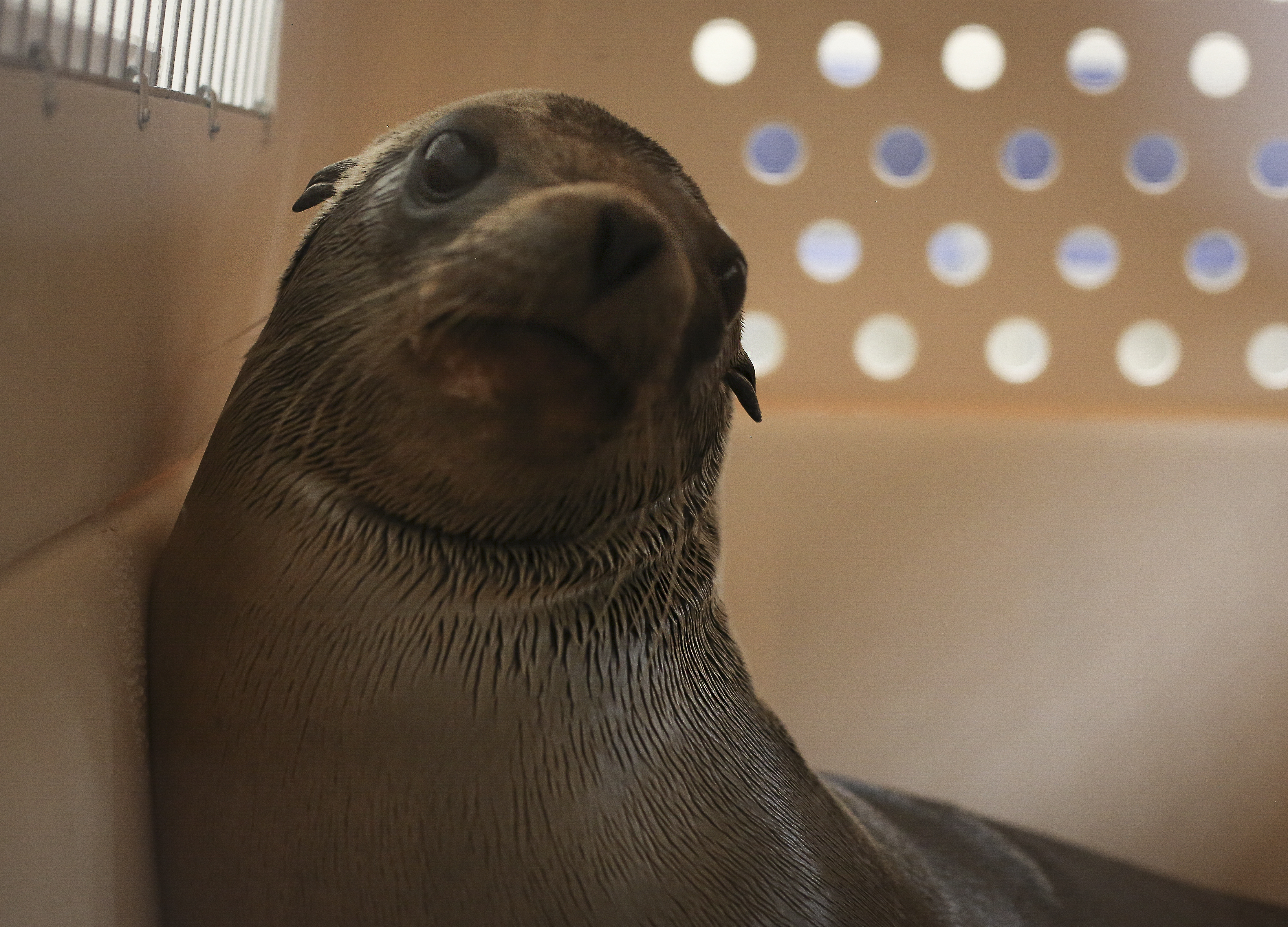
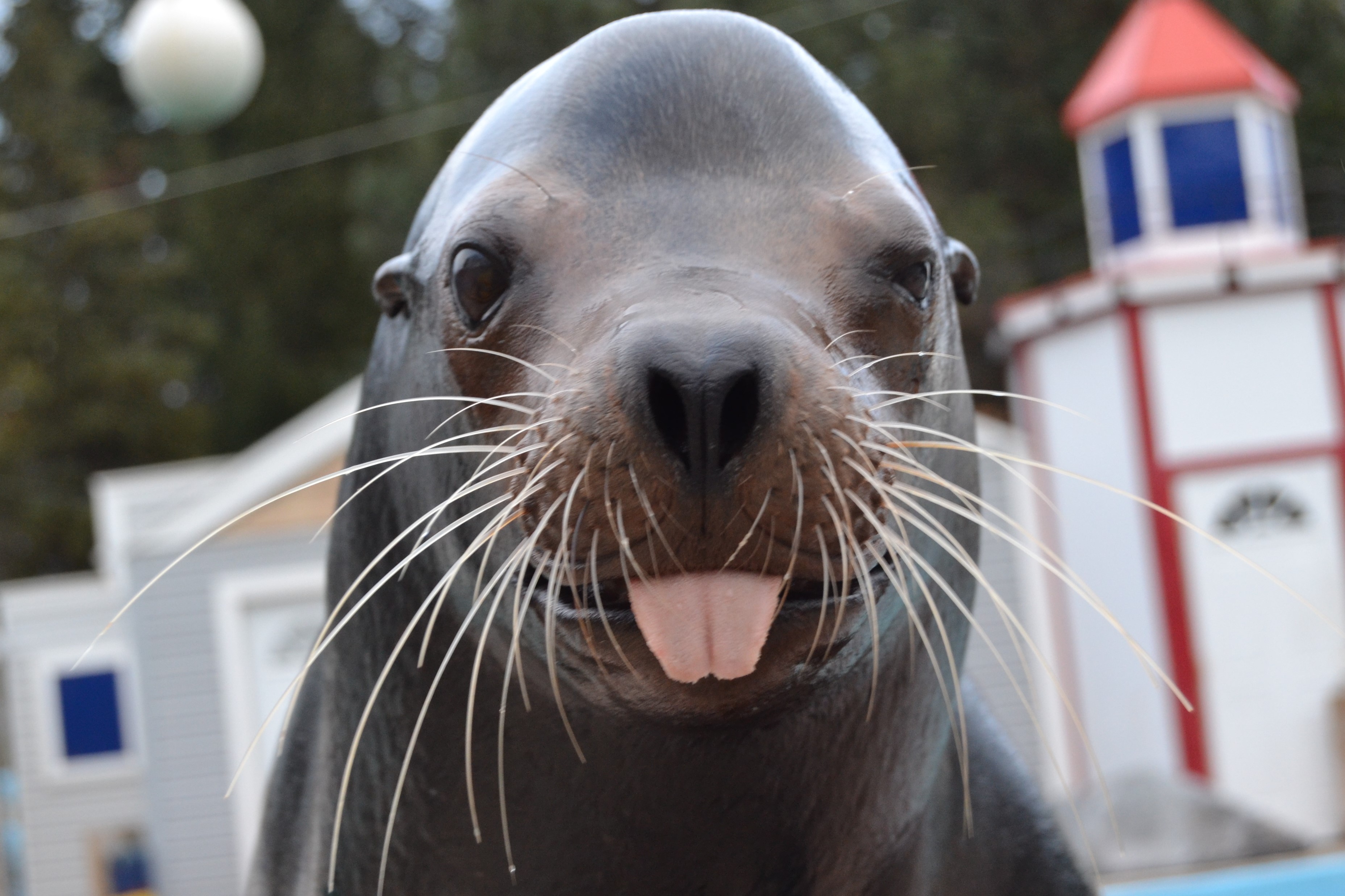
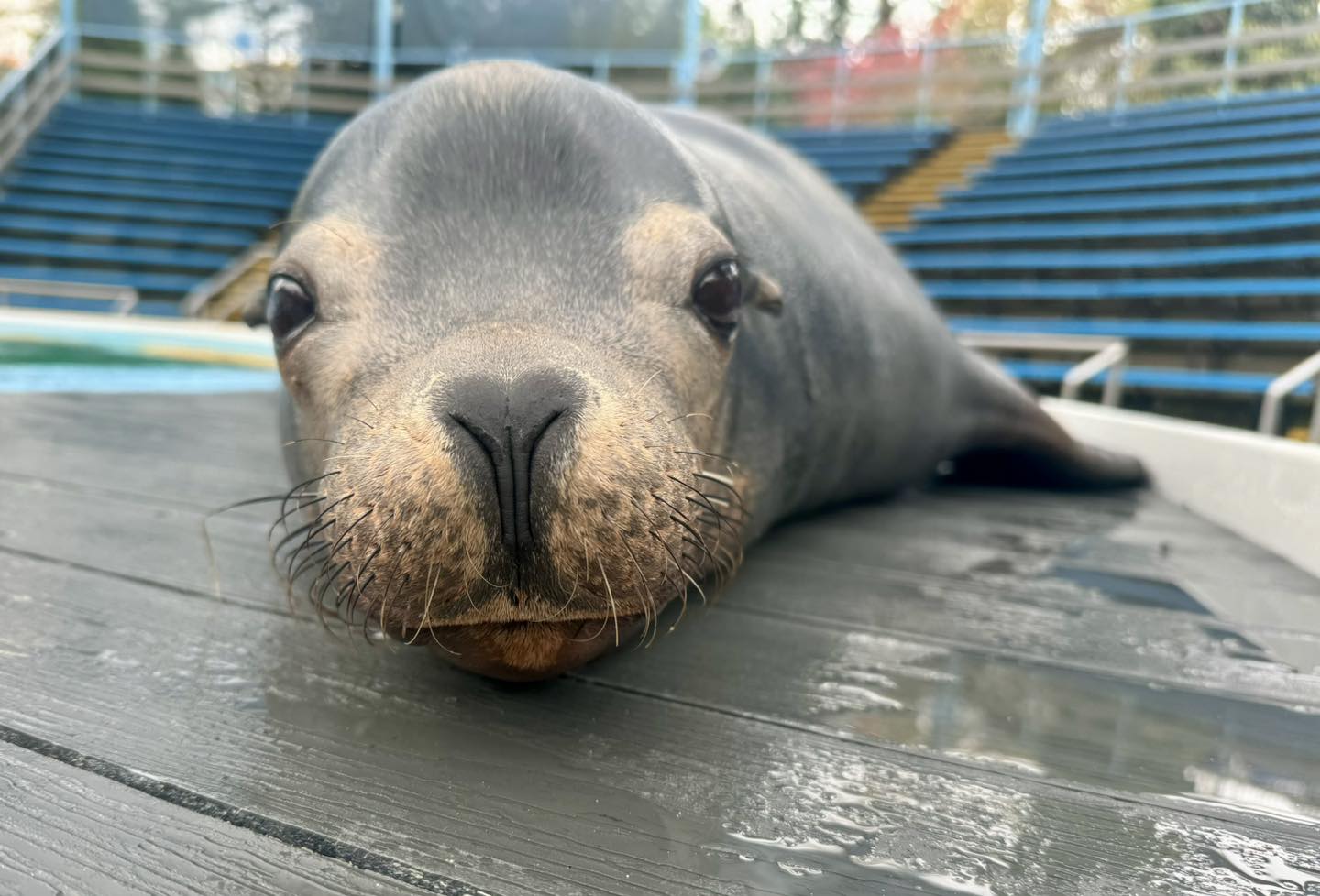 Meet Ripley!
Meet Ripley!

